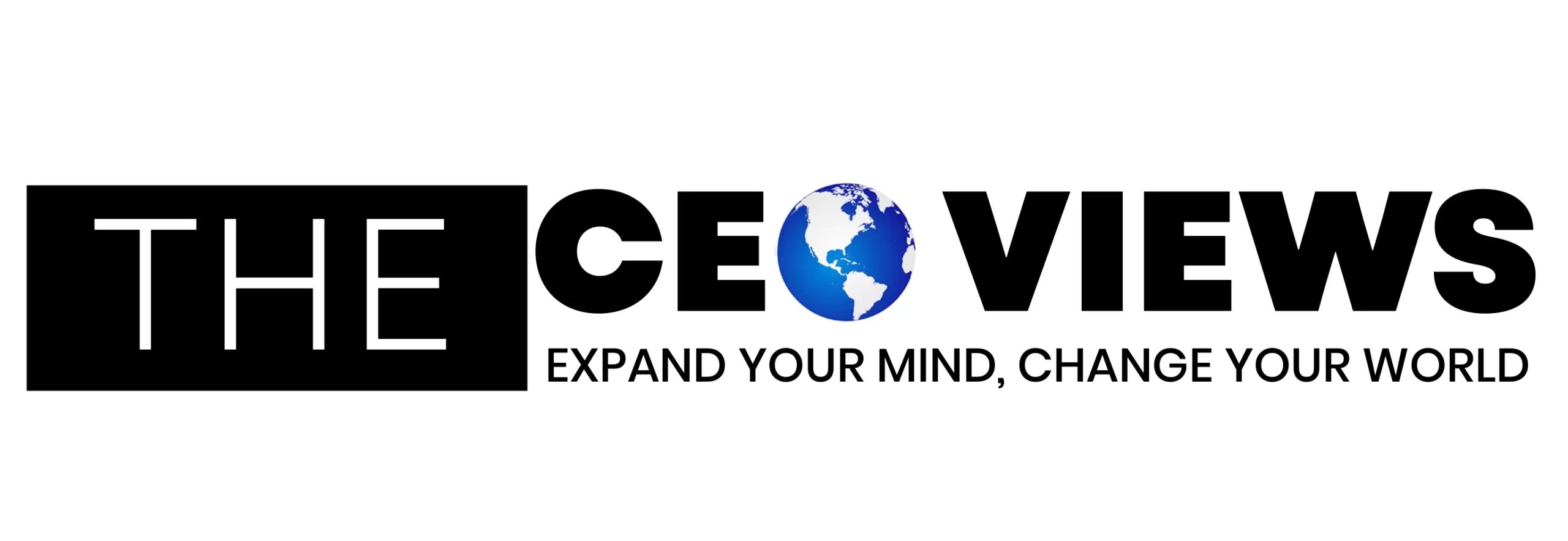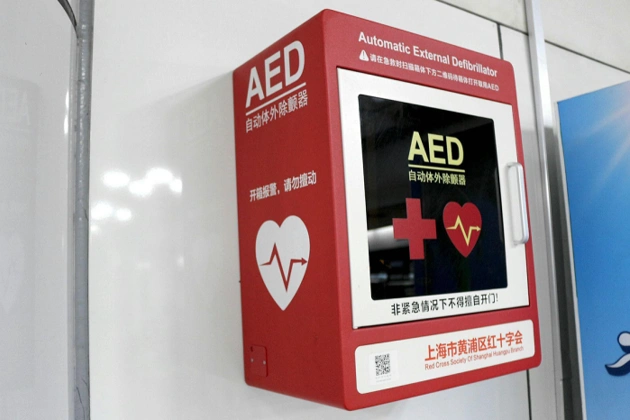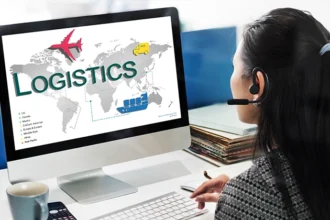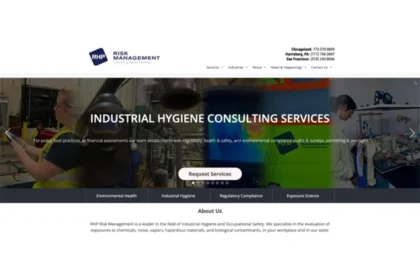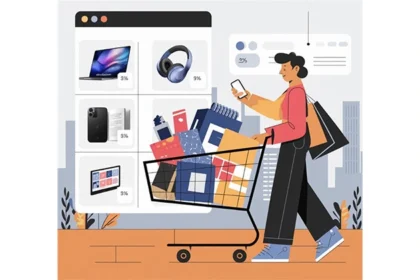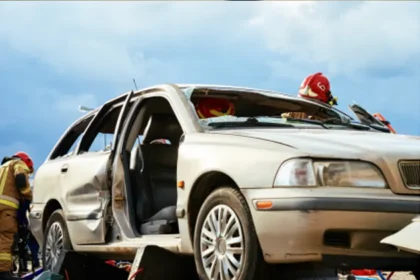While it’s easy to think of an office as a healthy and safe place, this is often not the case. Accidents happen and illnesses infiltrate, and if you’re in charge of things, it’s up to you to keep them both to a minimum. Regardless of whether you manage a small cafe or a business that sells to the world, the safety and health of those you employ should be a top priority, which means stocking the right health equipment.
Together, let’s explore the health equipment considered essential in U.S. businesses, along with further recommendations to consider.
By law: health equipment must-haves for your office
Certain equipment isn’t up for debate; by law, you must have it in your office, ready for use when needed. Here are some common items outlined by the Occupational Safety and Health Administration (OSHA):
1. First aid kit
Papercuts from photocopying. Burns from spilled coffee. We could go on, but you get the idea. The value of a first aid kit in the office can’t be ignored. That said, it’s easy to overlook this piece of health equipment, simply because it’s easy to assume your office already has one.
For your kit to live up to its name, it must be accessible, clearly labeled, and contain items like adhesive bandages and tape, scissors and tweezers, and antiseptic wipes. If you’re unsure what to keep on hand in your first aid kit, consult the guidelines provided by the American National Standards Institute (ANSI).
2. Fire safety equipment
Of course, this isn’t strictly medical, but it is critical to the safety of your employees. Think fire extinguishers, think smoke alarms, think illuminated exit signs. These things form part of your office’s wider workplace strategy. OSHA has rules for these things, around their placement and use, so be sure to check so that your office is compliant.
3. Eyewash stations
Again, this mightn’t apply to every office environment, but if your office has chemicals and cleaning agents, there’s a good chance it’s legally required to have an eyewash station. Like fire safety equipment, you’ll need this close to where you engage with these hazardous substances.
Highly recommended: other equipment worth considering
So you’ve met the minimum requirements. Now, it’s worth getting these additional items to ensure an even higher level of office safety:
Automated External Defibrillator (AED)
A portable electronic life saver, an AED monitors the heart rhythm of someone who’s just suffered a heart attack, and, if necessary, will deliver a shock to restore their heartbeat to normal. Some states mandate AEDs in the workplace, so double-check.
Blood pressure monitor
If someone in your office has needed an AED, then it’s worth adding a blood pressure monitor to your health equipment itinerary. While this is equipment we typically engage with when we meet with our GP for a regular checkup, if someone in your office has a chronic health concern like hypertension, having a monitor handy can help if they suddenly don’t feel quite right.
Masks and sanitation supplies
This is the post-pandemic world we live in. Stock your office with disposable masks, disinfectant wipes, and hand sanitizers; anything to keep hygiene a top priority.
Industry-specific health equipment: Why it matters
Consider the following industries and how they might approach health equipment differently:
Corporate office
Low-risk, yes. Still, things like adjustable desks and wrist supports can make all the difference to the physical health of your staff.
Construction
High-risk, yes. You’re much more likely to need equipment like trauma kits, oxygen tanks, and splints in these workplaces.
Schools
Think of all the times you grazed your knees in the playground. In the school environment, there’s a focus on equipment that lets you respond to allergic reactions, minor illnesses, and injuries of every kind. They’re kids, remember.
Tailor the equipment to suit your office
This is critical. No two offices are alike; tailoring your health equipment itinerary to suit the context of your workplace ensures you have exactly what’s needed to respond quickly and effectively.
Not sure where to start? Use this list:
Assess for risks
Before anything else, perform a risk assessment of your workplace. Your entire workplace. Environmental risks, risks from tasks, anything else you can think of. It’s about being thorough and methodical, so leave no stone unturned.
Trust the professionals
While there’s no law against performing a risk assessment yourself, it’s best to consult an OSHA professional to make sure you’ve covered everything.
It’s also critical to engage with a health professional, such as a recent graduate from one of the certified msn nursing online programs, as they will be able to conduct equipment training for employees, such as how to use an EpiPen.
Maintenance is key
First aid kits won’t restock themselves, so make sure you check yours regularly. Even running out of bandages is a bad look for your business when one of your employees has an accident.
Having the right health equipment in your office isn’t just about compliance; it’s a committed investment in your team’s well-being. It’s also a straightforward task if you approach it the right way. Start by meeting the legal side, then tailor and enhance your itinerary to suit the context of your workplace.
The cliche applies: a productive office is a safe office. So, take the time to evaluate where your office is at and what it needs to thrive, and invest accordingly.


